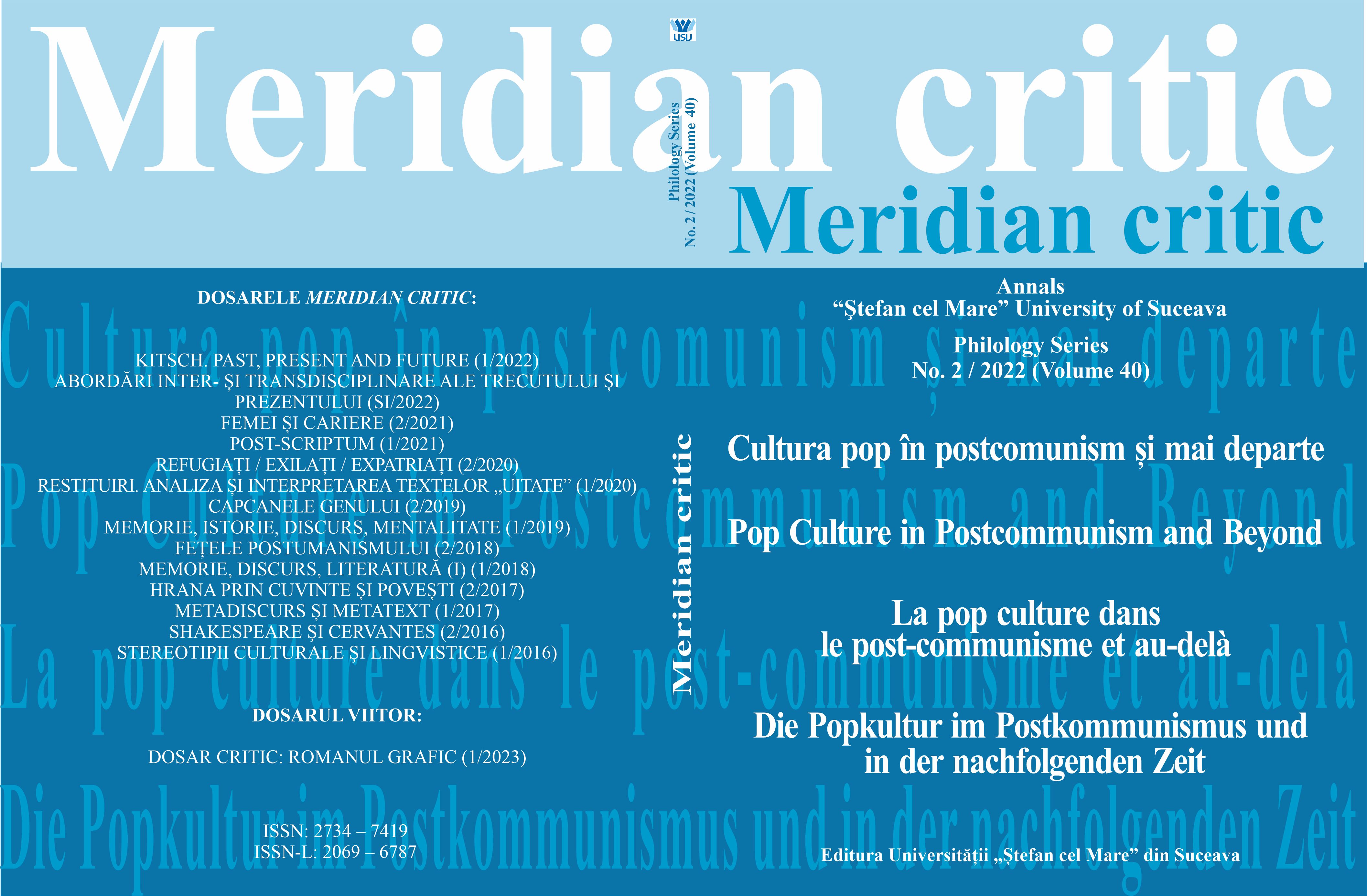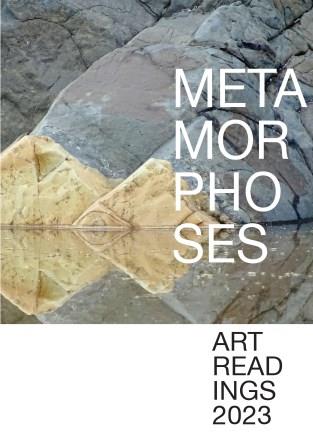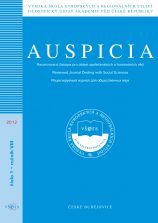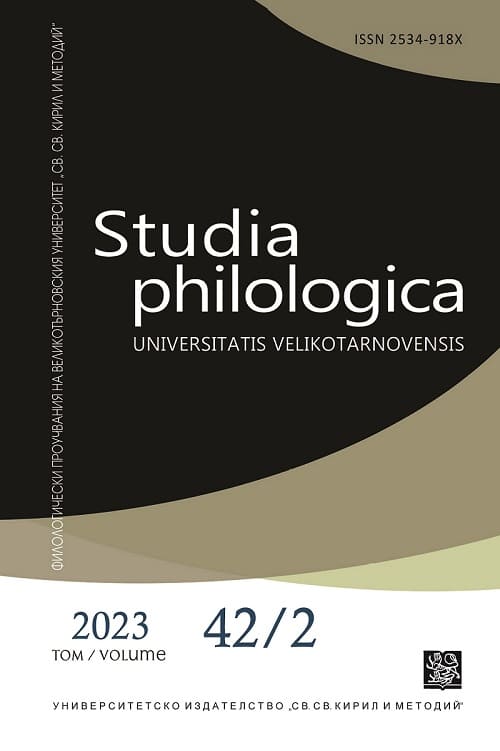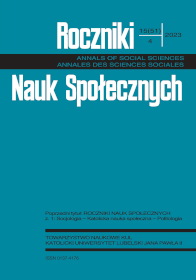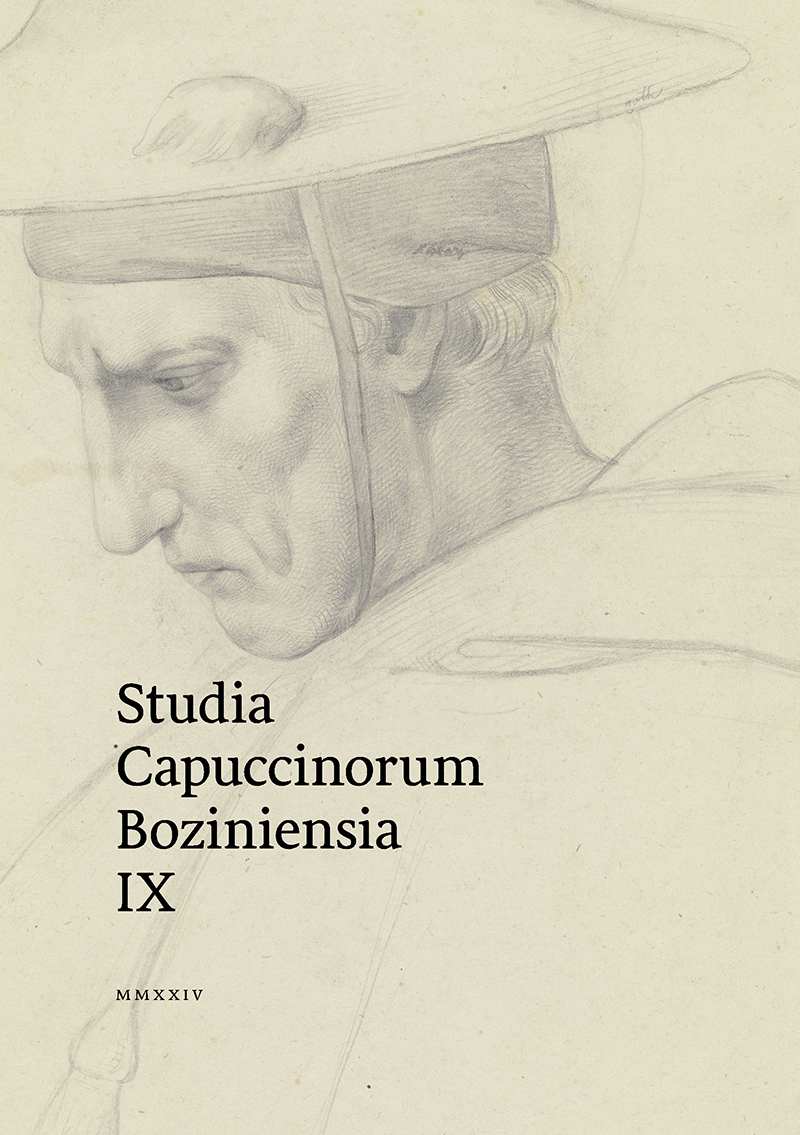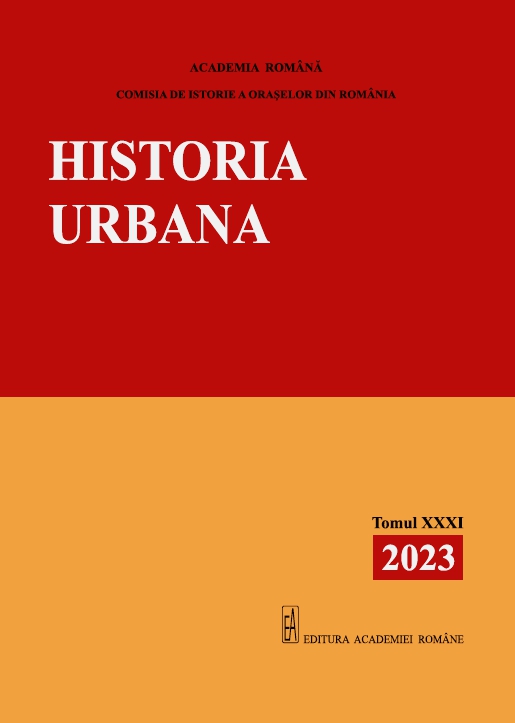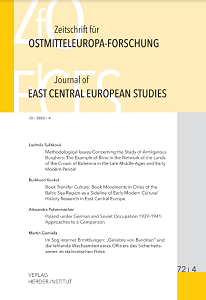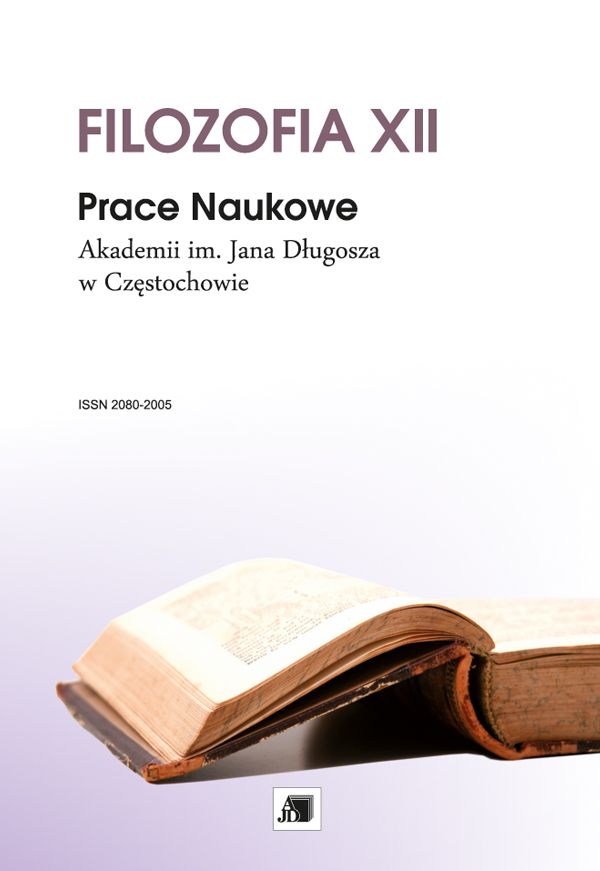
Kategoria przypadku w filmowej tetralogii Michelangela Antonioniego
Michelangelo Antonioni is an Italian director whose images leave the viewers in a state of subtle suspension. His films oscillate around existential matters which, above all, are ruled by the forces of chance and coincidence as well as neuroticism, so characteristic to his whole creative activity. Director’s discerning observation does not end where a decision or a fleeting change is communicated to viewers. With visuality, he tries to reach the deepest structures of human consciousness. Antonioni is a true artist-philosopher, trying to answer the fundamental question – is human life governed by coincidences?Michelangelo Anotnioni to włoski reżyser, którego obrazy pozostawiają widzów w stanie subtelnego zawieszenia. Jego filmy oscylują wokół egzystencjalnych zagadnień, którymi rządzi przede wszystkim przypadek, jak i neurotyzm, tak charakterystyczny dla całej jego twórczości. Wnikliwa obserwacja reżysera nie kończy się na tym, aby widzom zakomunikować jakąś decyzję czy ulotną zmianę. Stara się za pomocą wizualności dotrzeć do najgłębszych struktur świadomości człowieka. Antonioni to prawdziwy filozofujący artysta, próbujący odpowiedzieć na zasadnicze pytanie – czy ludzkim życiem rządzi przypadek?
More...
